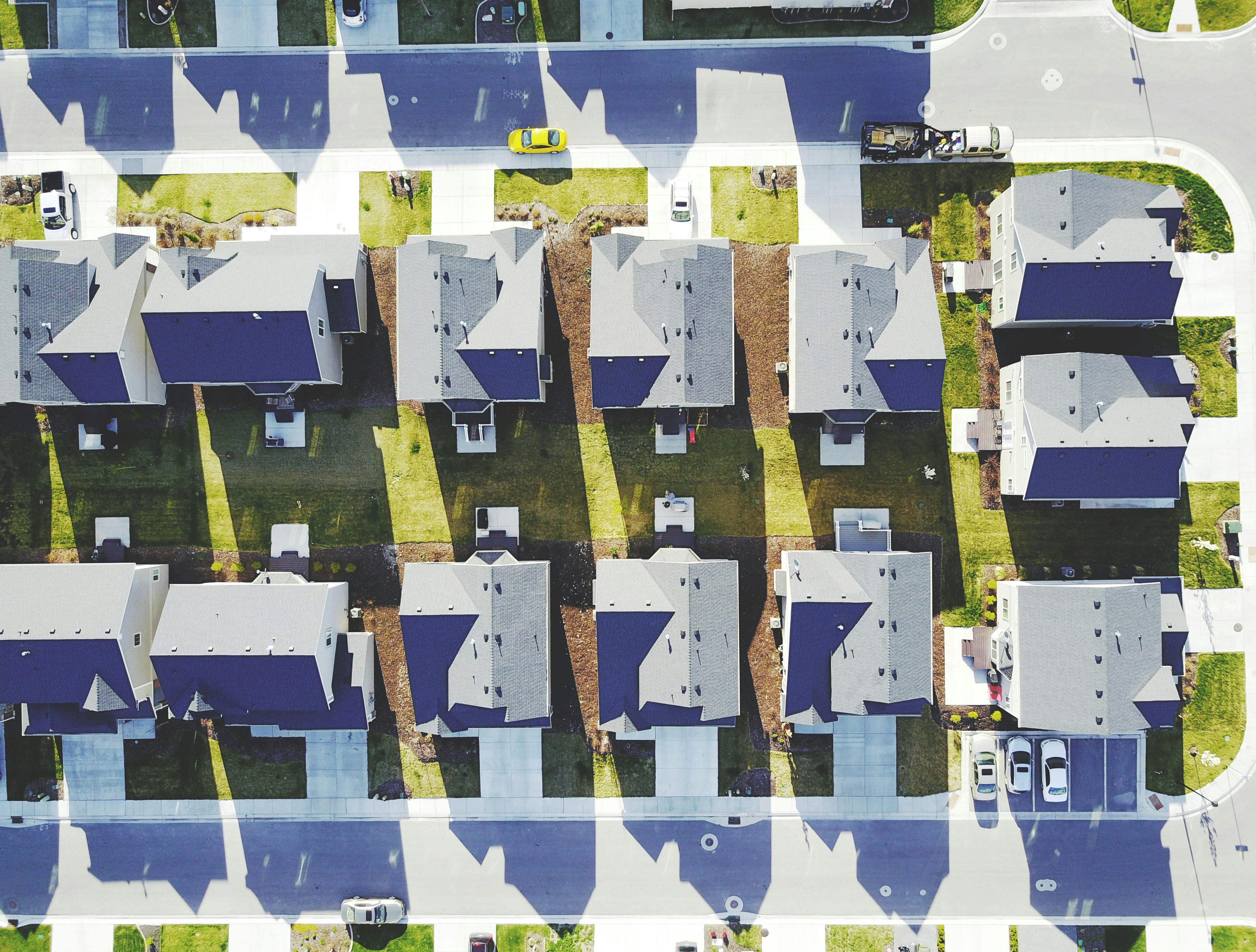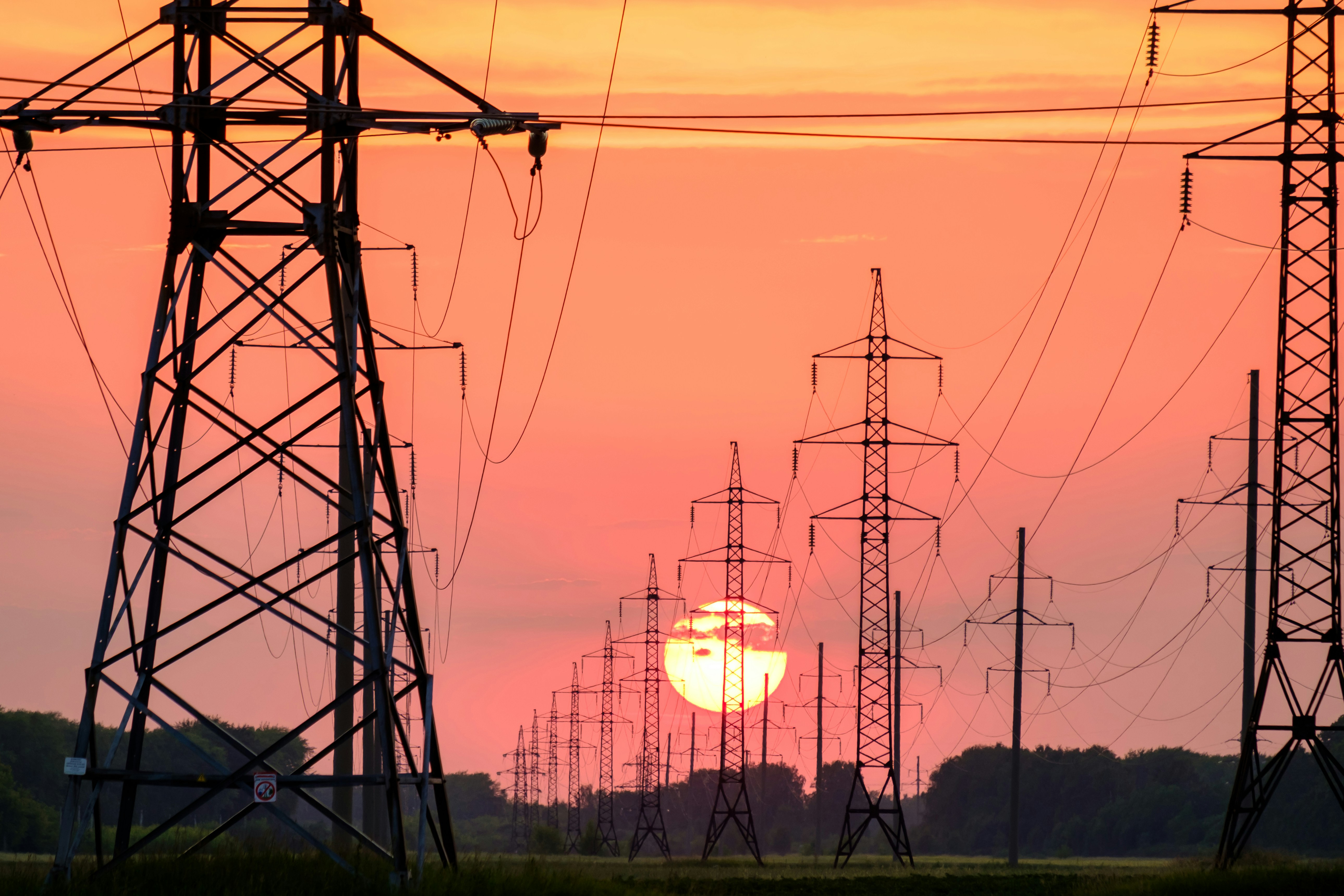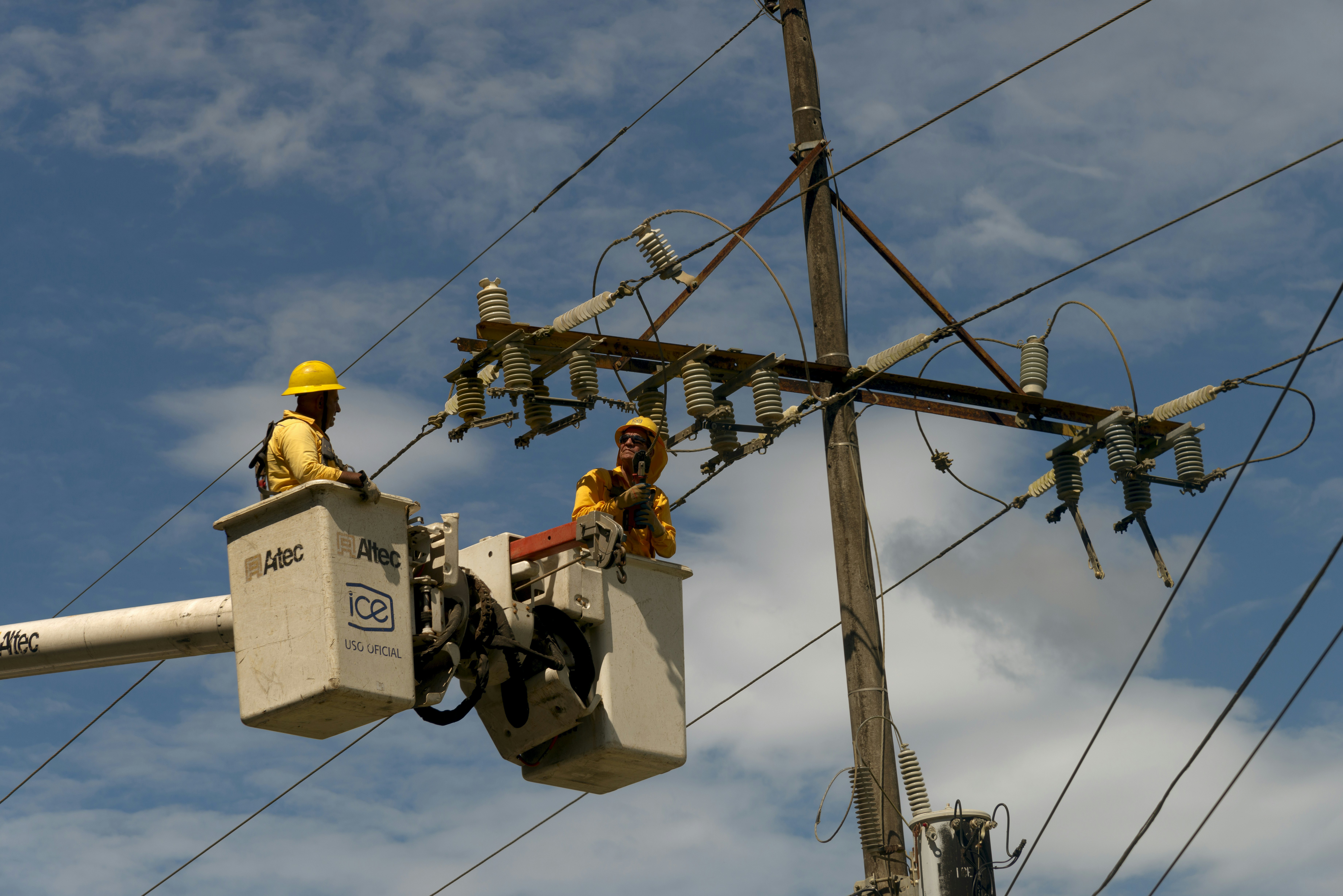

By Michael Anderson | Wed, September 3, 25
The Low-Income Housing Tax Credit (LIHTC) program has been fundamental to the development and rehabilitation of federally subsidized affordable housing since its inception in 1986. Traditionally, funding through the program has been used for new construction and renovations, rather than energy efficiency upgrades. Some regional states have adopted measures to incorporate energy efficiency, while other states have had untapped potential to leverage the program to advance their energy efficiency goals.
The recent passage of the One Big Beautiful Bill Act (OBBBA) includes provisions that expand the LIHTC program. At the same time, the Act rolls back federal programs that would have provided billions of dollars for energy efficiency measures. This simultaneous expansion and contraction create unprecedented opportunities and challenges for advancing energy efficiency in affordable housing in the Northeast and Mid-Atlantic regions.
Understanding LIHTC and its Impact on Energy Efficiency
LIHTC is a public/private partnership that aligns federal tax incentives with private development funds to finance the construction or rehabilitation of federally subsidized affordable multifamily housing. The LIHTC program has been instrumental in the construction and preservation of approximately four million federally subsidized affordable housing units over the past four decades.
In the Northeast and Mid-Atlantic regions, state housing finance authorities and affordable housing advocacy organizations have increasingly recognized the program’s potential to fund the construction of high performing buildings and pay for energy efficiency upgrades, yet states and jurisdictions have had varying degrees of success in realizing this potential. Some states give competitive preference or have minimum requirements to incorporate energy efficiency while others lag in these measures.
Changes to LIHTC Under the OBBBA
The OBBBA makes several important changes to the LIHTC program, including permanently increasing the allocation to states for certain tax credits that can be used to build new housing or pay for major renovations. The Act also makes another type of credit more accessible for less comprehensive capital improvements by reducing the Private Activity Bond (PAB) financing threshold from 50 percent to 25 percent of project costs. This means that a project that had previously needed to finance at least half its cost with tax-exempt bonds now only needs 25 percent bond funding to access LIHTC funding.
For our region’s stakeholders, these changes represent a dramatic expansion in the pipeline of potential projects that could incorporate efficient measures and upgrades like weatherization, high performance building envelopes, and air-source heat pumps. The expansion of the program will result in significant investments in affordable housing construction and renovation, with $14.1 billion in program spending projected between 2026-2034.
New Opportunities for Equitable Access to Energy Efficiency
The increase in tax credit allocations for new construction and significant renovations expands the potential to build more affordable energy efficient apartment units and increases the number of properties that can utilize the program to pay for substantial building retrofit projects. Reducing the threshold for PABs streamlines access to tax credit funding that can be used for incorporating energy efficiency upgrades in acquisition-rehabilitation projects and less extensive building renovations.
Another notable provision of the OBBBA is permanent funding of the New Markets Tax Credit (NMTC) program. This federal program provides additional financing opportunities for energy efficiency and electrification projects in affordable housing properties located in economically underserved areas. The NMTC program is designed to stimulate investment and economic growth in low-income and distressed communities by providing tax credits to individual and corporate investors who make equity investments in specialized financial intermediaries called Community Development Entities (CDEs). CDEs then use the capital raised from tax credit sales to finance projects, including affordable housing developments, in economically underserved areas.
Historically, the NMTC program has been used by state housing finance authorities and community development finance institutions to support the construction and rehabilitation of energy efficient affordable housing projects. In the past, this program has been funded on an incremental basis, with occasional funding lapses and retroactive legislative adjustments. Making the program’s $5 billion annual allocation permanent will stabilize this funding source and better enable investors to incorporate NMTCs in long-term development plans, with the potential to use this funding for comprehensive energy efficiency and electrification measures.
A Pivot Away from Energy Efficiency to Affordable Housing Development
While the expansion of the LIHTC program will result in the construction of much needed affordable housing across the NEEP region, the OBBBA also includes severe reductions to energy efficiency initiatives that would have provided billions of dollars for multifamily energy efficiency upgrades. For example, the Act rescinds unobligated balances of the roughly $837.5 million in grant funding for the Department of Housing and Urban Development (HUD)’s Green and Resilient Retrofit Program (GRRP), specifically intended to support energy efficiency upgrades in federally subsidized multifamily housing. The elimination of unobligated balances of GRRP is particularly disruptive for developers, as the program had issued nearly 270 awards but only funded 20 projects before it was halted. The OBBBA also phases out several clean energy tax credits that would have been have significantly advanced efficiency upgrades in affordable housing development, including section 179D, the Energy Efficient Commercial Buildings Deduction, which will not be available for projects that begin construction after June 30, 2026.
Opportunities for Energy Efficiency… with Constraints and Uncertainty
Despite these reductions in federal funds that were allocated to energy efficiency upgrades, LIHTC expansion creates multiple pathways for advancing energy efficiency in subsidized affordable housing. Ensuring that LIHTC expansion results in more energy-efficient affordable housing will require proactive leadership in both the energy efficiency and affordable housing sectors.
For some states in the region, leveraging existing policies and innovative approaches to financing will maximize the impact of LIHTC expansion on energy efficiency and electrification. Some states may be able to braid LIHTC funds with obligated funds from the IRA’s Home Energy Rebate (HER) and Home Electrification and Appliance Rebates programs. New York, Rhode Island, Maine and the District of Columbia have fully launched one or more IRA-funded initiatives. Similarly, states that have received Climate Pollution Reduction Grants, like the New England Heat Pump Accelerator, could use LIHTC funds to accelerate large-scale, comprehensive multifamily energy efficiency retrofit programs. Another potential opportunity is incorporating geothermal in affordable multifamily construction or retrofits. Sec. 48(a) of the investment tax credit for geothermal heat pumps used in commercial buildings remains in place through 2034.
New construction projects also have the potential to advance energy efficiency through construction standards for LIHTC-funded projects. New construction typically offers the most cost-effective pathway for incorporating energy efficiency measures compared to retrofitting existing buildings. Several states in our region have established their own energy efficiency requirements for new affordable housing projects. For example, New York’s LIHTC program requires projects using tax credits for new construction or substantial rehabilitation to meet stringent energy efficiency criteria. The expansion of tax credit allocations will implement these standards across thousands of additional units. Similarly, Massachusetts and Connecticut include requirements for baseline energy efficiency measures in order to qualify for LIHTC funding. Vermont has existing requirements for energy efficiency measures in new construction projects, including favoring projects that use Net Zero or Passive House certification, and is expanding and refining these requirements beginning in 2026.
Strategic Actions for Regional Stakeholders
While the historic expansion of LIHTC will increase affordable housing production, its potential to advance energy efficiency in new construction and existing buildings will require action by state policymakers. To maintain and build on progress, the Northeast and Mid-Atlantic regions must continue to lead in energy efficiency policy and programs and find innovative ways to ensure that LIHTC expansion leads to more high-performance multifamily buildings rather than the construction of less efficient buildings that will need expensive upgrades in the future. Key actions include:
- State housing finance authorities that have not already done so should strengthen energy efficiency requirements for LIHTC funded projects
- State energy offices and housing finance authorities should work together to provide technical assistance to developers and asset owners so they can integrate energy efficiency into LIHTC-funded projects
- Program administrators should blend financing programs to combine LIHTC funding with state incentives, utility programs, and obligated federal incentives for energy efficiency projects
- Regional stakeholder networks should be strengthened to facilitate knowledge sharing and the identification and dissemination of replicable program models that incorporate LIHTC funding
The Path Forward: Transforming Obstacles into Opportunities
State and local housing and energy agencies must work closely together to strengthen energy efficiency policies and building standards for affordable housing and develop creative financing mechanisms to fill the gap left by the loss of federal incentives. The region's track record of collaboration and policy innovation positions us well to navigate these challenges, but the loss of federal support will require sustained commitment and resources from state and local stakeholders. Success will ultimately depend on whether regional stakeholders can turn these challenges into opportunities to create more resilient, efficient affordable housing communities.



